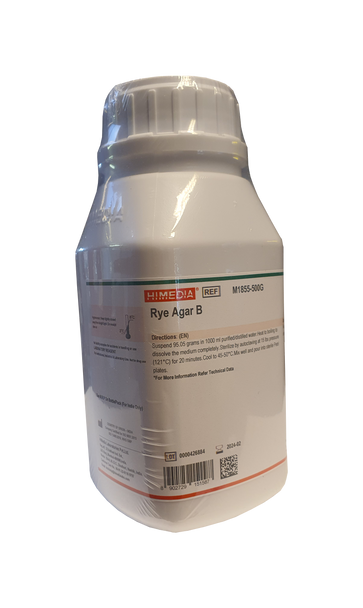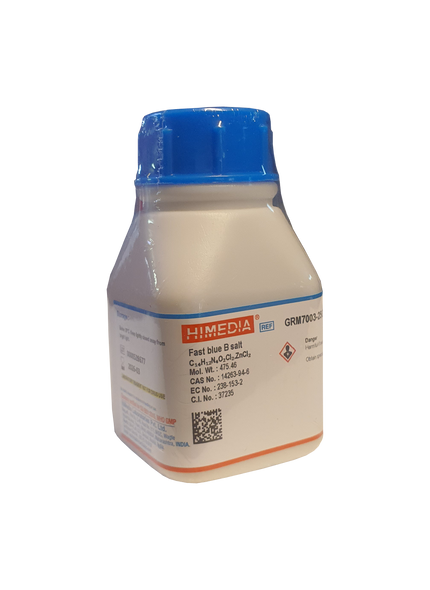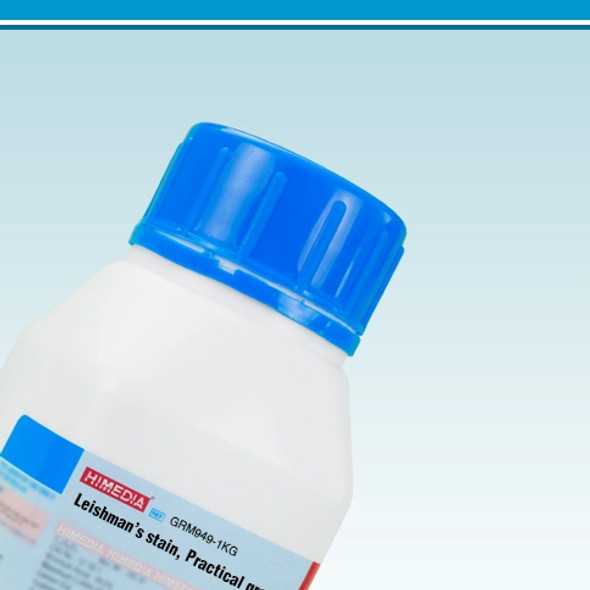Description
Rye Agar B | M1855 | HiMedia
Intended Use:
Recommended for sporulation of Phytophthora infestans
Composition : Ingredients Gms / Litre
Rye 60.000
Sucrose 20.000
Beta-sitosterol 0.050
Agar 15.000
*Formula adjusted, standardized to suit performance parameters
Directions
Suspend 95.05 grams in 1000 ml purified / distilled water. Heat to boiling to dissolve the medium completely. Sterilize by
autoclaving at 15 lbs pressure (121°C) for 20 minutes. Cool to 45-50°C. Mix well before pouring.
Principle And Interpretation
Phytophthora infestans is an oomycete that causes the serious potato disease known as late blight or potato blight. The
organism can also infect tomatoes and some other members of the Solanaceae (8). Phytophthora infestans produces
microscopic, asexual spores called sporangia. When the environment is highly conducive for disease, sporangia are airborne
and spread for miles. The fungus will also survive in infected tubers that remain in soil from the previous season. Seed pieces
can also be infected and harbor the pathogen (1,2,4).
Rye Agar A is suggested for the isolation of Phytophthora infestans. The appearance is flat, waxy when grown on agar
medium. A study conducted to compare media for mycelial growth, sporangia, oospore production by isolation of
Phytophthora infestans showed better growth on Rye Agar and V8 Juice Agar as compared to other media (7). Rye is a cereal
grain which supplies manganese, tryptophan, phosphorous and magnesium to the pathogen. Sucrose is the carbohydrate source.
Beta sitosterol helps in sporulation.
The optimum temperature for the growth of Phytophthora infestans was 18 to 24ºC and are able to growth between 10 to
25ºC (3).
Type of specimen
Plant samples - Seeds, vegetables.
Specimen Collection and Handling
For plant samples, follow appropriate techniques for sample collection, processing as per guidelines and local standards(8).
After use, contaminated materials must be sterilized by autoclaving before discarding.
Warning and Precautions
Read the label before opening the container. Wear protective gloves/protective clothing/eye protection/ face protection.
Follow good microbiological lab practices while handling specimens and culture. Standard precautions as per
established guidelines should be followed while handling specimens. Safety guidelines may be referred in individual safety
data sheets.
Limitations
1.Some strains may show poor growth due to nutritional variations.
2. Further biochemical and serological tests must be carried out for complete identification.






